The Stewarts of Ledcreich from the Brown Family Bible
In 1710, George Crawford and James Watson wrote, A Genealogical History of the Royal and Illustrious Family of the Stewarts, from the year 1034 to the year 1710. The book contained errors in its presentation of the Stewarts of Ledcreich. Patrick Stewart, 5th of Ledcreich, wrote to the publisher multiple times in an effort to get the errors corrected, but received no reply. Having giving up waiting for a reply, Patrick dictated to his son Charles, his own version of the correct history of the Stewarts of Ledcreich.
This is a copy of the 1763 genealogy of the Stewarts of Ledcreich written by Charles Stewart under the direction of his father, Patrick Stewart, 5th of Ledcreich. This Stewart family originated in Ledcreich, Balquhidder, Perthshire, Scotland and immigrated to Cape Fear, North Carolina, USA, in 1739.
The original work by Patrick Stewart was later supplemented with additions from his grandson, Dr. James Carraway in 1789 and at an unknown date by Dr. Morgan Brown, husband of Patrick’s granddaughter, Elizabeth Little.
More information on the Stewarts of Ledcreich can be found our on our Stewarts of Ledcreich page, here:
THE AMERICAN HISTORICAL MAGAZINE.
SKETCHES AND ANECDOTES OF THE FAMILY OF BROWN AND SOME OTHERS WITH WHOM THEY ARE CONNECTED, OR FROM WHOM THEY ARE DESCENDED.
The American Historical Magazine; University Press, Volume 8, pp. 148-153; 1902.
This article was originally scanned and uploaded by Chuck Speed to our old website. It has now been converted to editable text. Chuck notes that “the [original] article was much longer, but for purposes here, only the Stewart information is copied below.”
The following interesting and valuable family history was written, under the above title, by Dr. Morgan Brown, in his family Bible, now in the possession of the widow of his grandson, William L. Brown, from which it was transcribed by the courtesy of her son, the late Dr. William L. Brown.
The author, Dr. Morgan Brown, came to Tennessee from South Carolina in 1795, and was one of the leading citizens of Montgomery County from that time until his removal from the state in 1808. He laid out a town on the south bank of Cumberland River, at the mouth of Deason’s creek, which was established by the legislature in 1796, under the name of Palmyra. Through his influence Congress made Palmyra a port of entry in 1797, then the only port of entry in the West. At this time Knoxville was his nearest post office. Palmyra was a port of entry for only two years, when it was deprived of that distinction in favor of Cincinnati. About 1802 he built a furnace some three and a half miles from the mouth of Yellow Creek, which is believed to have been the first “iron works” operated in Montgomery County. He was chairman of the Montgomery County Court of Pleas and Quarter Sessions from 1800 till he moved to Kentucky in 1808. The writer does not know at what time he returned to Tennessee. He died in Davidson County, Tennessee, in 1840, at the advanced age of 82 years. He was a man of strong convictions and resolute purpose. He writes with great clearness, as well as force and vigor, and outside of his family history and genealogy, his sketch of the Revolutionary period in North Carolina is a valuable contribution to the history of that great struggle. Unfortunately, he does not bring his memoirs down beyond the early years of the Revolutionary War.
STEWARTS.
The following genealogy will speak for itself; it was written by Charles, the son of Patrick Stewart, and under his immediate direction, with a view to correcting some errors which had been committed by Crawford in his history of the Stewart family. This history had been sent by Crawford to Patrick Stewart, then in America, and he perceiving the error wrote to have it corrected, but never receiving any later edition of that work, had his own genealogy correctly made out and placed in his large family Bible, where it has remained until since the death of Ann, the daughter of James Stewart, son of Patrick. The said Ann was married first to Edward Tonge, or Tongue, of South Carolina, at a place called Cairn Acre, where he died leaving no issue; she was afterwards married to Gist, of Union County, in the same State where she died, sometime after the death of her second husband, and leaving no issue. Upon request, this ancient paper was sent by Gist, the brother of Ann’s deceased husband, to the writer of these sheets; the book from whence it was taken still remaining with him.
“January 18th, 1763. “1st. Patrick Stewart, of Ledcreich, in the Balghinder [Balquhidder], the southeast [sic, southwest] district of Perthshire, and Elizabeth his wife, daughter to Doctor Duncan Menzies and his wife Margaret, daughter to Robert Menzies, cousin-german to Sir Robert Menzies, of Weem, and grandfather to the present Sir Robert and William Stewart, brother-german to the said Patrick, came in company with six Argyllshire gentlemen and above three hundred common people from Scotland to Cape Fear in North Carolina the year 1739. The said Patrick was eldest lawful son to Alexander Stewart of Ledcreich, and Catherine his wife, daughter to Alexander Stewart, brother to Robert Stewart, of Glenogle, predecessor of John Stewart, of Hindfield and Strauser [Stronslany].”
“2nd. Alexander Stewart, of Ledcreich, was only son to Patrick* Stewart, of Ledcreich, who suffered much in the reign of the two Kings Charles and King James the Seventh, and to Margaret his wife, daughter to Robert B., of Drumlain, cousin-german to the Laird of Lenny.”
*This Patrick was a general in the royal army in the reign of King Charles the First, and in the course of the wars of the two kings Charles and James, the second of England and seventh of Scotland, he fought twenty-five field battles besides skirmishes, and suffered greatly on account of his loyalty to that family, James Caraway, February 8, 1789.
“3rd. Patrick was son to William Stewart, of Ledcreich and Sronslany, by Mary his wife, daughter to Duncan McGregor, of Dumvery, cousin-german to Gregor McGregor, of that ilk, which family is now extinct.”
“4th. William was son to Patrick Stewart, of Glenbucky, by his wife Christian, daughter to Sir John Drummond, of Migams.”
“5th. Patrick* was oldest lawful son to Alexander Stewart, of Glenbucky, by his wife, Stewart, his own second cousin.”
*This Patrick sold his right and title to Glenbucky to his next brother, Duncan Stewart, second son to the aforesaid Alexander, and his posterity enjoys the land and title at present.
“6th. Alexander was son to Duncan Stewart, of Glenbucky, by his wife, McLarin, daughter to McLarin, of Achleskin, reconed then to be chief of that name.”
“7th. Duncan was son to John Stewart, first of Glenbucky, by his wife, ___ Buckhannan, daughter to Buckhannan, of Mo Castle, predecessor to the Lairds of Amprior, Ochleoy, Mo Castle and Deoclelles.”
“8th. John, first of Glenbucky, was second son to William Stewart, of Buldoran [Baldorran] and Balquethedor [Balquhidder], by his Lady Campbell, daughter of Sir Collin Campbell, of Glenbucky [sic, Glenorchy], predecessor to the Earl of Bradalbine [Breadalbane].”
“9th. William was son to James Stewart, of Baldowran[Baldorran] and Balquedher [Balquhidder], by his Lady Buckhannan, daughter of Sir Patrick Buckhannan, of that ilk.”
“10th. James, or Sir James Beg, as he was promiscuously called, was fourth son to Lord James, only surviving son to Mur- dock, Duke of Albany, by his Lady, said to be a daughter of the Earl of Antrim’s, predecessor of the kingdom of Ireland.”
“11th. Lord James was only surviving son to Murdock, Duke of Albany, Earl of Fife and Monteith and Governor of Scotland, by his Lady Duchess, daughter to Duncan, Duke of Lenox. Of this Lord James descended the noble families of Evandale, Ocheltry, Down, etc., the present James Stewart, Earl of Mor- ray, being now the chief family extant.”
“12th. Murdock was the oldest lawful son to Robert, Duke of Albany, by his Lady, daughter to Murdock, Earl of Monteith.”
“13th. Robert, Duke of Albany, was third son to King Robert the Second, and first king of the Stewarts, by his Queen Elizabeth Muir, who was his first Lady.” A.D 1390.
*It is stated by M. Lavoisne in his atlas that Robert Duke of Albany was the second son of Robert the second King of Scotland. See Scotland in his atlas.
“This is the ingenuous history of my pedigree by uncontroverted history.”
NOTE: The writer of these sheets knew Patrick Stewart and his writing, and has no doubt that the signature to the original from whence this is copied is the proper signature of the said Patrick whose genealogy it purports to be, and that it was made with his own hand.
MORGAN BROWN.
12th of March, 1826.
Patrick Stewart, with his wife and two or three children and his younger brother, William Stewart, came to North Carolina in the year 1739. He landed at Wilmington, and first settled at a place called Brown Marsh, in Bladen County. How many years he continued there is not now known, but after the marriage of his daughter Catherine to William Little he removed to South Carolina at the Cheraws, where he died about the year 1772.
Patrick Stewart had five children, two sons, James and Charles, and three daughters, Margaret, Catherine and Elizabeth.
MARGARET AND HER CHILDREN.
Margaret was first married to Thomas Stewart and had one daughter, Elizabeth, who never married, but died an old maid at her own plantation on Cape Fear River about the year Margaret married a second husband, John Caraway, by whom she had four sons, James, Charles, Thomas and Robert; this last died young without issue. James Caraway married Ann Stewart, daughter of William Stewart, the brother of Patrick, by whom he had two daughters, Jane and Elizabeth.
Charles Caraway married and is now living in North Carolina, perhaps on Cape Fear River, but whom he married and how many children he has had is now not known.
Thomas Caraway married Catherine, his cousin, the daughter of his aunt Elizabeth, the wife of James Stewart, of North Carolina, by whom he had children: Margaret, married to, of Todd County, Ky.; Dr. James Caraway, who now lives in the Mississippi State.
ELIZABETH AND HER CHILDREN.
Elizabeth, the youngest daughter of Patrick Stewart, married James Stewart, by whom she had five children: Catherine, married to Thomas Caraway; James, living in the Mississippi State; Elizabeth, married to William Jordan; Margaret, married to Pope and lives in South Carolina; Charles, who joined the patriots in Mexico and has not been heard of since.
CHARLES.
Charles, the youngest and the favorite son of Patrick Stewart, died a young and single man at Wilmington, in North Carolina, in the year 1765. In his last letter to his parents, No. 2, with his father’s directions concerning it. Compare this letter with the genealogy No. 1, and the handwriting of both will be recognized.
JAMES AND HIS DAUGHTER ANN.
James, the son of Patrick Stewart, married in South Carolina a young lady of the name of Vilpontan, a descendant of the ancient French family of that name, by whom he had one child only, a daughter called Ann; she married Edward Tongue, of Cairn Acre, near the river Ponpon. Tongue died and she married a second husband by the name of Gist, in Union County, S. C., where they both died without issue.
CATHERINE AND HER CHILDREN.
Catherine, the second child of Patrick Stewart, was born in Scotland and came to America with her parents very young. She was married to William Little, then of South Carolina, December the 25th, 1764, and by whom she had one daughter, Elizabeth, born November the 24th, 1765, and married to Morgan Brown, the writer of these sketches, January 22d, 1784. William Little died in the latter part of the year 1766, and Catherine after living a widow several years married John Speed in July, 1774, by whom she had two children, a son called James and a daughter named Sarah, who was married to William Pigues, the son of Claudius, who was the son of Claudius Pigues of South Carolina, near the Cheraws, where they now live, and have several children, but their names and ages not now known. James married Hinson, and has several children, now living near the mouth of Red River, Montgomery County, Tenn., where he died.
William Stewart and his Children
William Stewart, the younger brother of Patrick Stewart, came from Scotland with him a young, single man, and lived with Patrick until he married a Miss Calvin (sic, Colvin), by whom he had two children, Patrick and Margaret.
William Stewart, the younger brother of Patrick Stewart, came from Scotland with him a young, single man, and lived with Patrick until he married a Miss Calvin, by whom he had two children, Patrick and Margaret.
Patrick Stuart
Patrick never married, but had an illegitimate son called Walter, who was raised by the family and married in Stewart County, Tenn. This Patrick at the commencement of the Revolutionary War received an appointment of captain in the minutemen of North Carolina, and fought bravely at the battle of Moore’s Creek Bridge, above Wilmington, against the Tories under McLeod and McDonald. But afterwards, taking some offense at the American cause, or some of the officers in the American service, he resigned his commission and joined the British army, where he received an appointment in the Queen’s Rangers of the same grade he had resigned in the American service. In this employment he died before the close of the war.
Margaret Spiller
Margaret married Spiller, a lawyer of North Carolina, but who came originally from Ireland, where he had left a wife and two or three children, which circumstance was wholly un- known to her. She lived with Spiller a very unhappy life for several years, when his wife and daughters arriving from Ireland, they were separated, and she died not long afterwards without issue.
William’s Second Marriage
William Stewart, after the death of his first wife, married Jane Williamson, the widow of Williamson, of Bladen County, North Carolina, by whom he had eight children: Catharine, Duncan and James (twins) (sic)*, Jane, Ann, Elizabeth, Charles and Eleanor.
[*Duncan and James are incorrectly identified here as twins. Duncan was a twin with his brother, Charles, not James. For reasons unknown, Charles is not listed in this family tree. Charles married Polly Jones, sister of Penelope Jones who married Duncan Stewart, below.]
Catherine Stewart
Catharine married Devaughn;
Ann Stewart
Nancy, or Ann, married. James Caraway, as before mentioned;
Jane Stewart
Jane married John Stewart, a Scotchman, and lives near Woodville in the State of Mississippi, has no children;
Elizabeth Stewart
Elizabeth married ___ Ventress, and had several children, names unknown;
Eleanor Stewart
Eleanor married a Devaughn, in North Carolina, where they still reside, if alive.
Duncan Stewart
Duncan married Penelope Jones, daughter of Tignal Jones, of North Carolina, near Raleigh, by whom she had William, who died a child; Jones, now living near Woodville, State of Mississippi; Elizabeth married to Col. Hambleton, late of the United States army; Catherine married to Henry Cage, living near Woodville, Miss., and James now at Cumberland College at Nashville.
James Stewart
James married Catherine Knowlan, of Wilmington, N. C., by whom he had William and Knowlan, living near Woodville, but not known to whom they married.





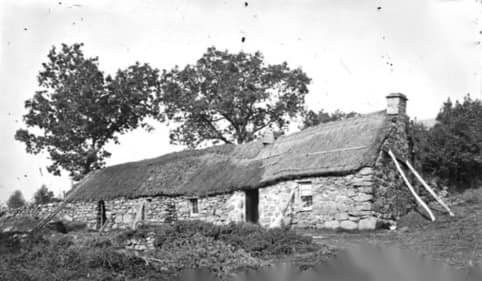
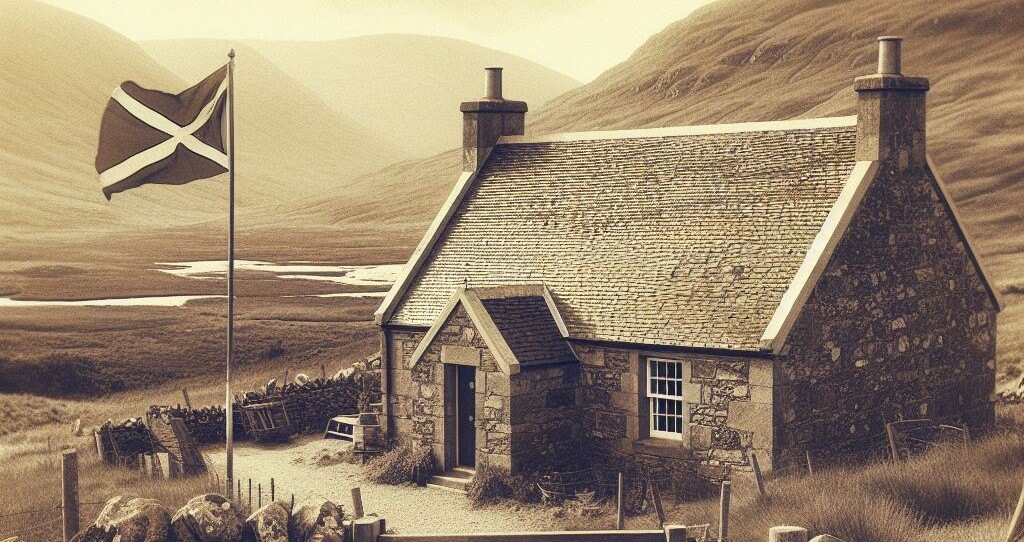
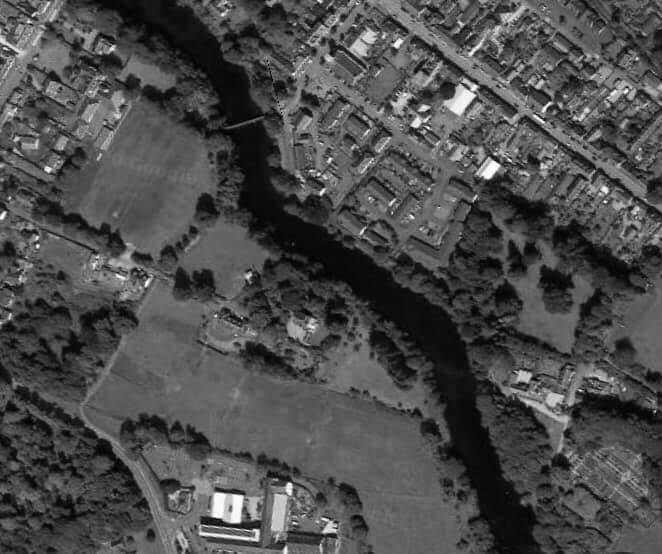
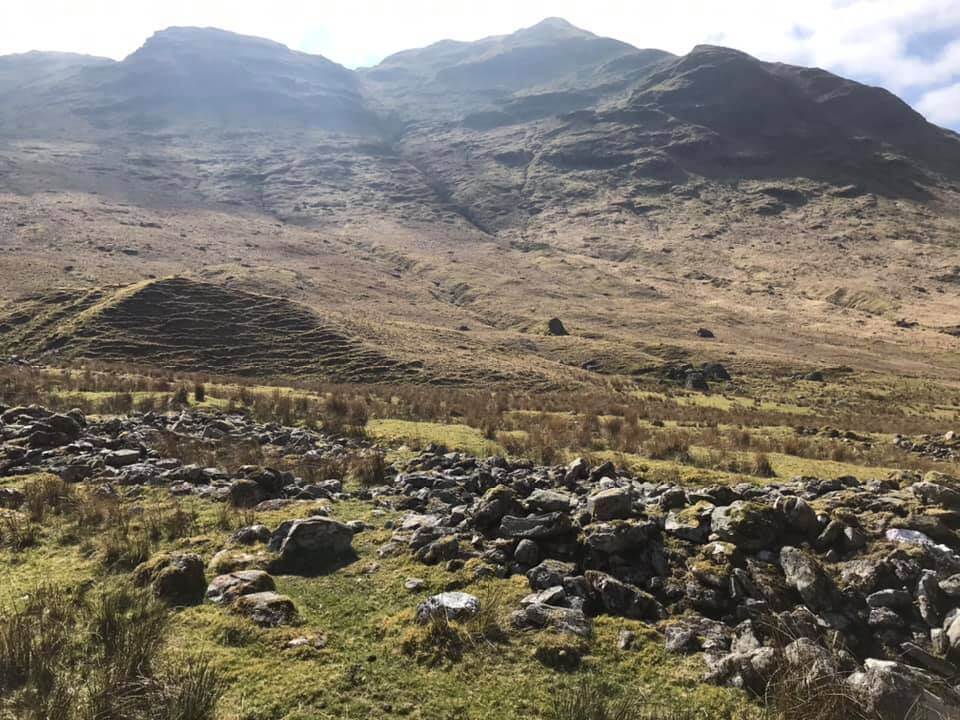
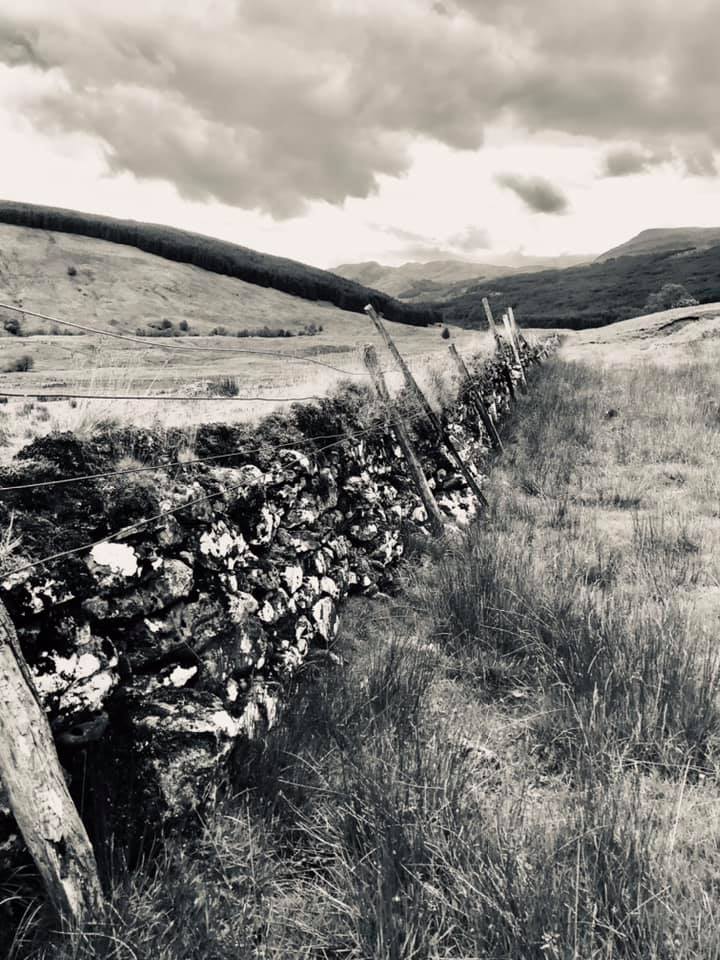
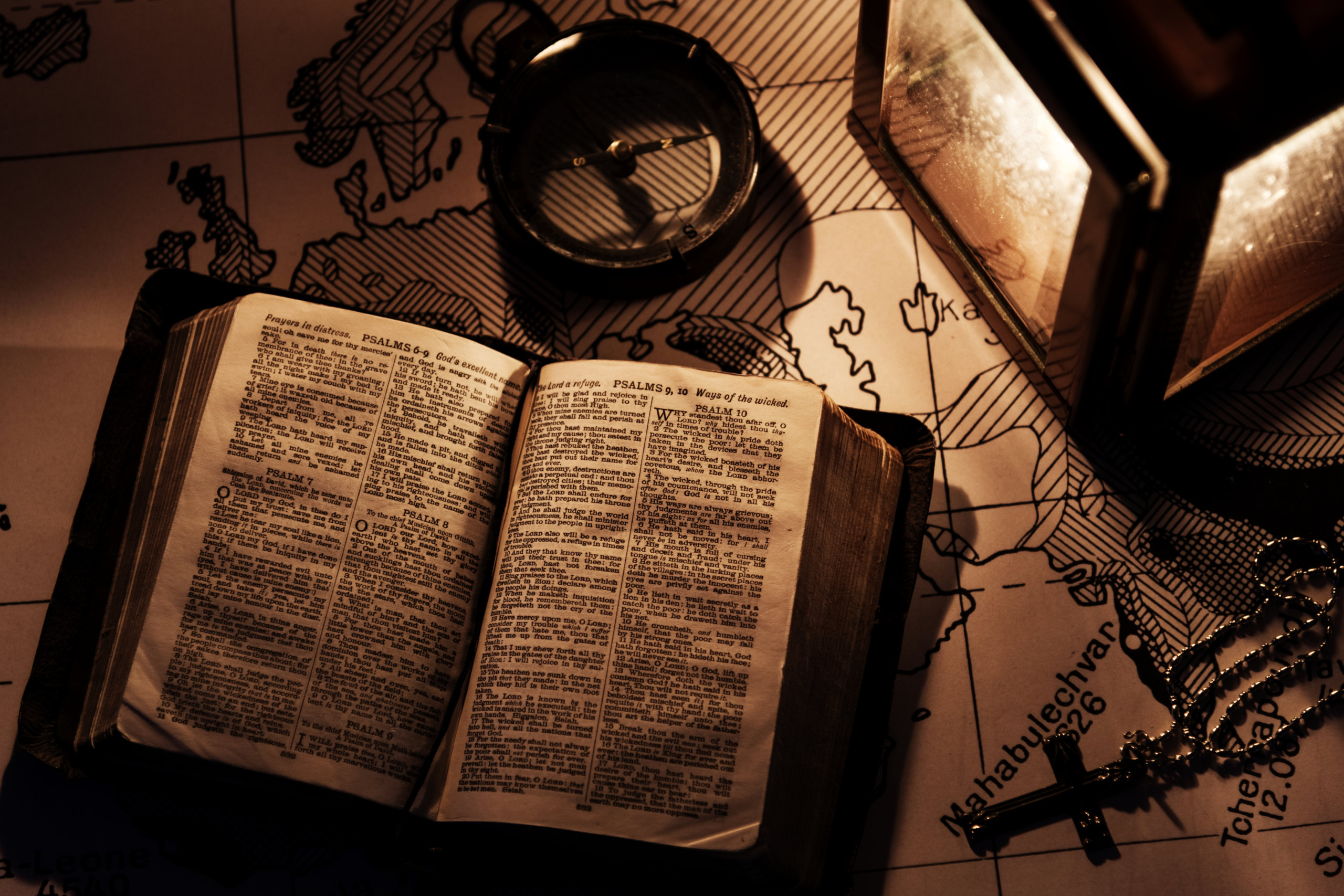
0 Comments